Increased Defense Spending
The Military Image Intensifier Market is benefiting from a notable increase in defense spending across various nations. Governments are prioritizing military modernization programs, which include the procurement of advanced imaging technologies. In recent years, defense budgets have seen a rise, with many countries allocating significant resources to enhance their surveillance and reconnaissance capabilities. This trend is expected to continue, as nations recognize the strategic importance of maintaining technological superiority. The market is likely to see a substantial influx of investments, as military forces seek to upgrade their equipment with state-of-the-art image intensifiers. This increase in funding not only supports the development of new technologies but also stimulates competition among manufacturers, further driving innovation within the industry.
Focus on Portability and Versatility
The Military Image Intensifier Market is increasingly focusing on the development of portable and versatile imaging solutions. As military operations often require rapid deployment and adaptability, the demand for lightweight and compact image intensifiers is on the rise. Manufacturers are responding by designing products that can be easily integrated into various platforms, including drones, vehicles, and handheld devices. This trend is indicative of a broader shift towards multifunctional equipment that can serve multiple roles in diverse operational environments. The market is projected to expand as military forces seek to enhance their operational flexibility, suggesting that the emphasis on portability will remain a key driver in the coming years. The ability to deploy advanced imaging technology in various scenarios is likely to enhance situational awareness and decision-making capabilities.
Technological Advancements in Imaging Technology
The Military Image Intensifier Market is experiencing a surge in technological advancements that enhance the performance and capabilities of image intensifiers. Innovations such as digital night vision and advanced sensor technologies are being integrated into military applications, allowing for improved image clarity and operational effectiveness. The market is projected to grow at a compound annual growth rate of approximately 6.5% over the next five years, driven by these advancements. Enhanced features, such as automatic gain control and improved low-light performance, are becoming standard, thereby increasing the demand for sophisticated image intensifiers. As military operations become more complex, the need for high-quality imaging solutions is paramount, suggesting that the industry will continue to evolve rapidly in response to technological demands.
Rising Demand for Enhanced Night Vision Capabilities
The Military Image Intensifier Market is witnessing a rising demand for enhanced night vision capabilities, driven by the need for superior situational awareness during nighttime operations. As military engagements increasingly occur in low-light conditions, the requirement for advanced image intensifiers that can provide clear visibility in darkness is paramount. This demand is reflected in the growing investments in research and development aimed at improving night vision technologies. The market is expected to grow significantly, with projections indicating a potential increase of over 7% annually in the segment focused on night vision systems. This trend underscores the importance of effective imaging solutions in modern warfare, as military forces strive to maintain operational effectiveness in all conditions.
Integration of Artificial Intelligence in Imaging Systems
The Military Image Intensifier Market is experiencing a transformative shift with the integration of artificial intelligence (AI) into imaging systems. AI technologies are being utilized to enhance image processing capabilities, enabling faster and more accurate analysis of visual data. This integration allows military personnel to make informed decisions based on real-time information, significantly improving operational efficiency. The market is likely to see a surge in demand for AI-enabled image intensifiers, as military organizations recognize the potential benefits of incorporating advanced analytics into their imaging solutions. This trend suggests a future where image intensifiers not only provide enhanced visibility but also contribute to strategic decision-making processes, thereby reshaping the landscape of military operations.


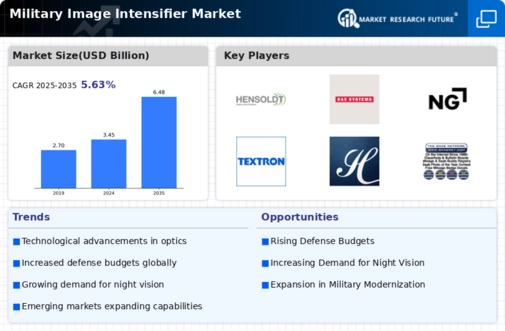

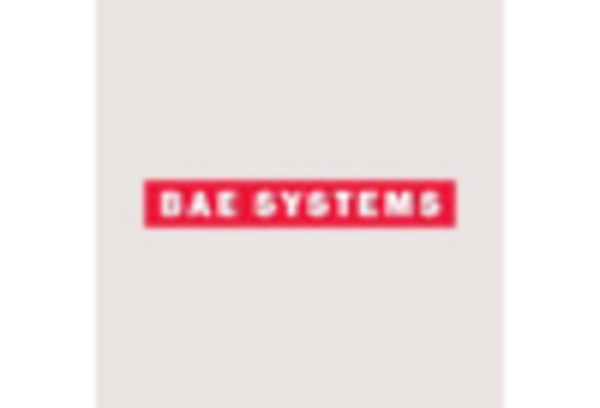

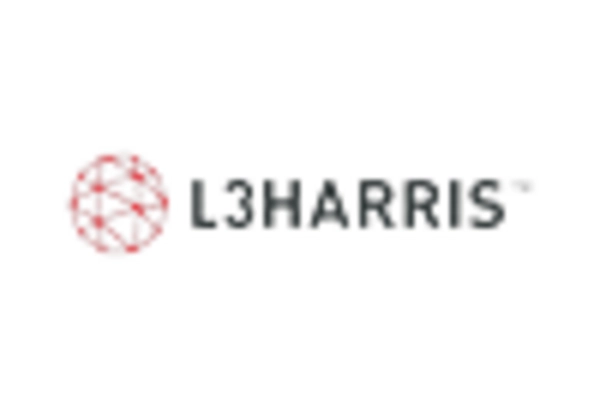
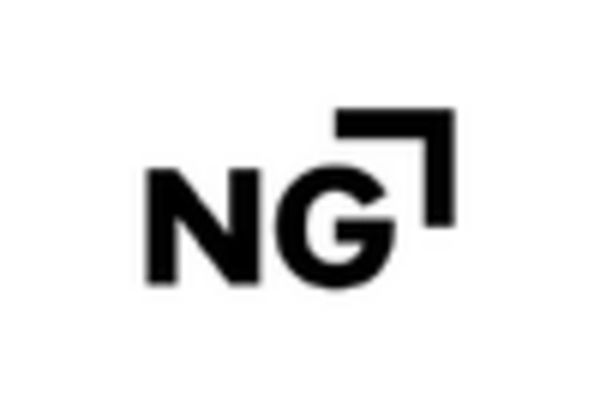
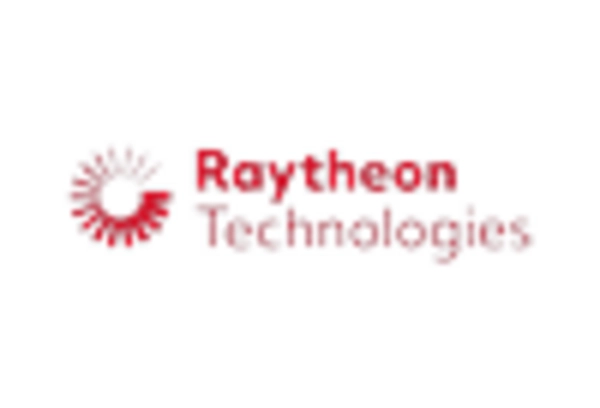









Leave a Comment